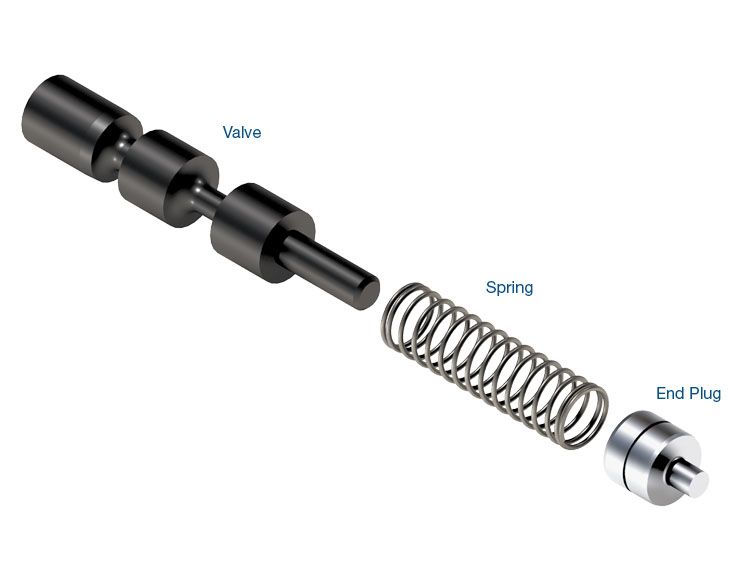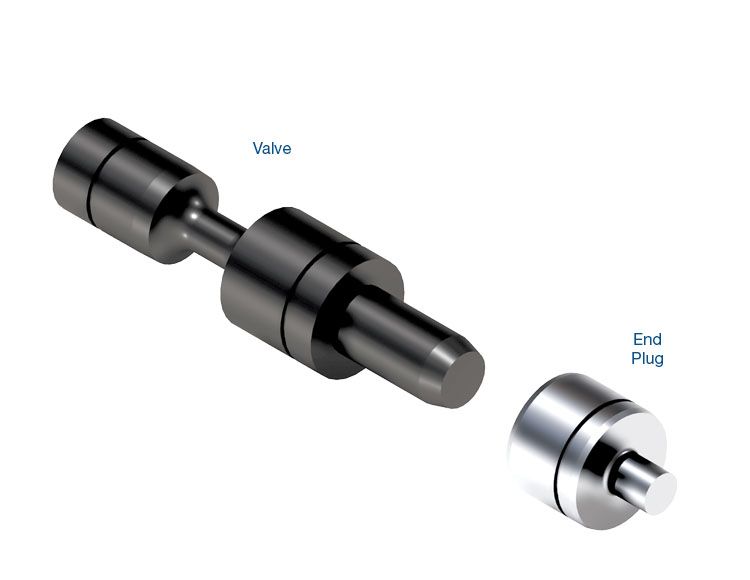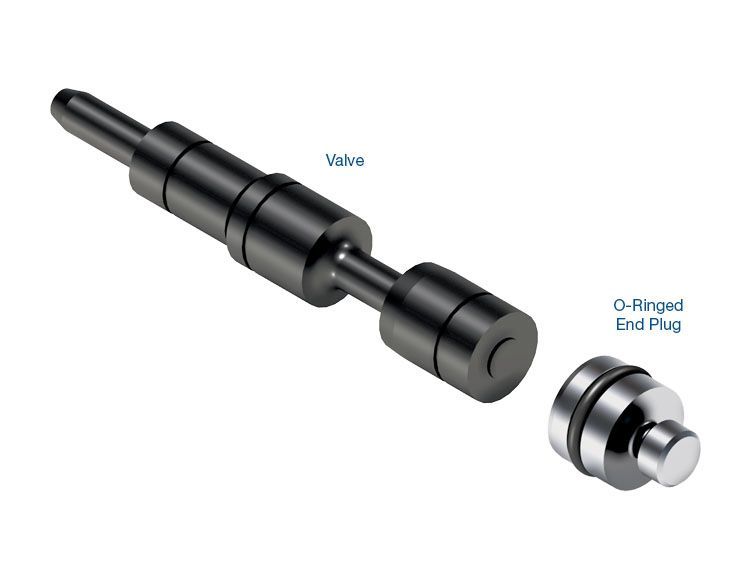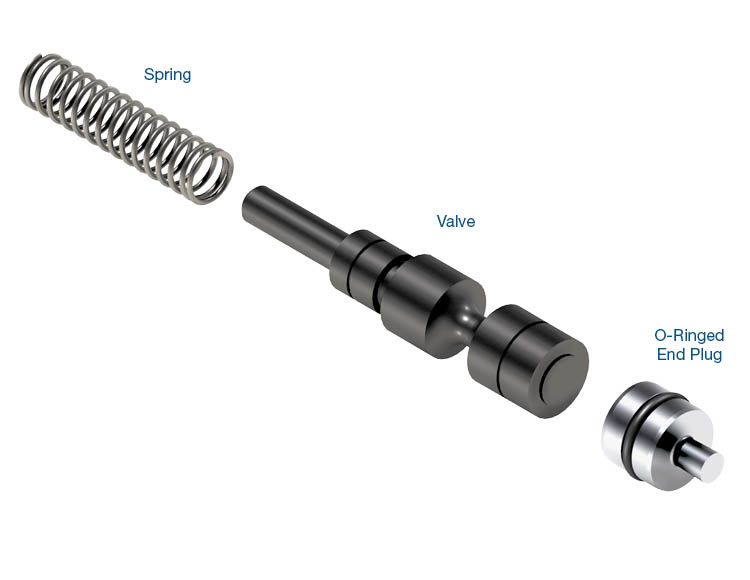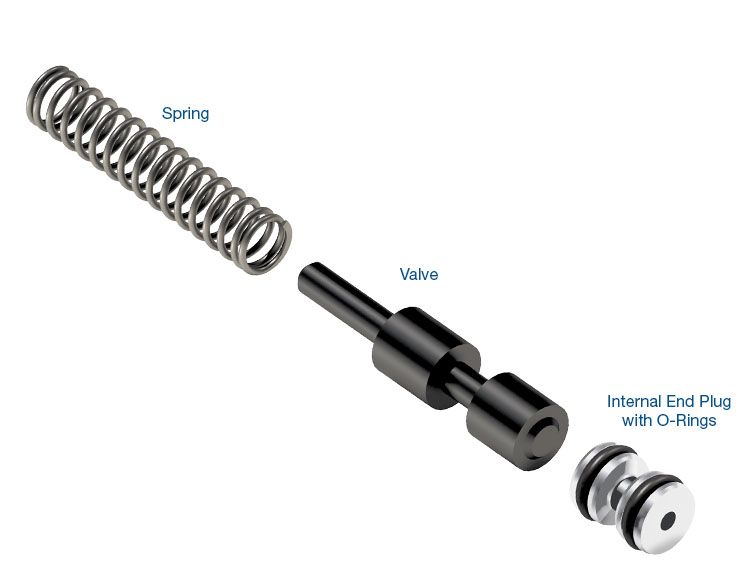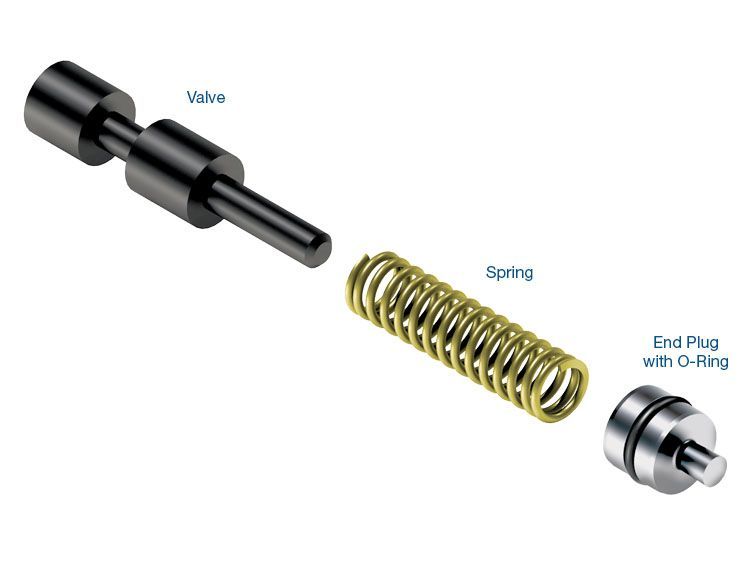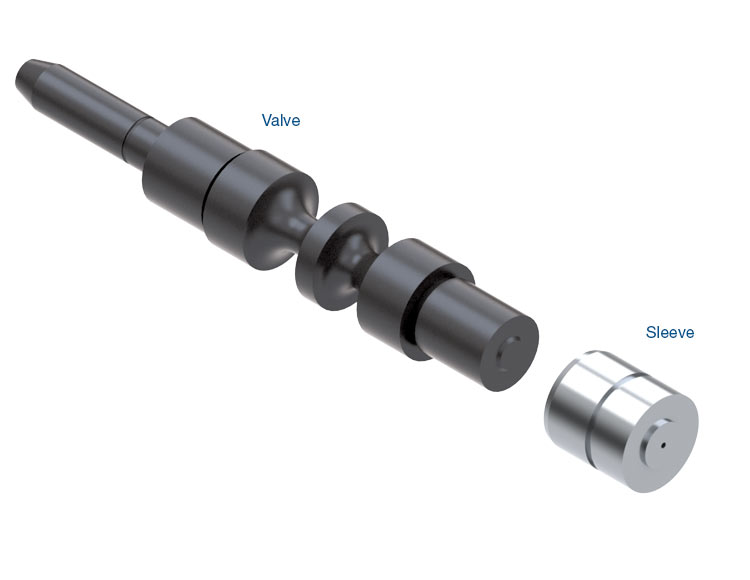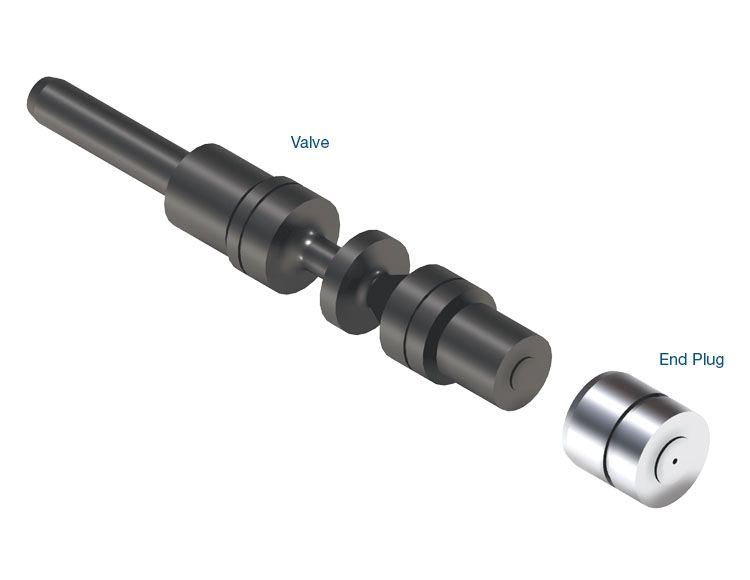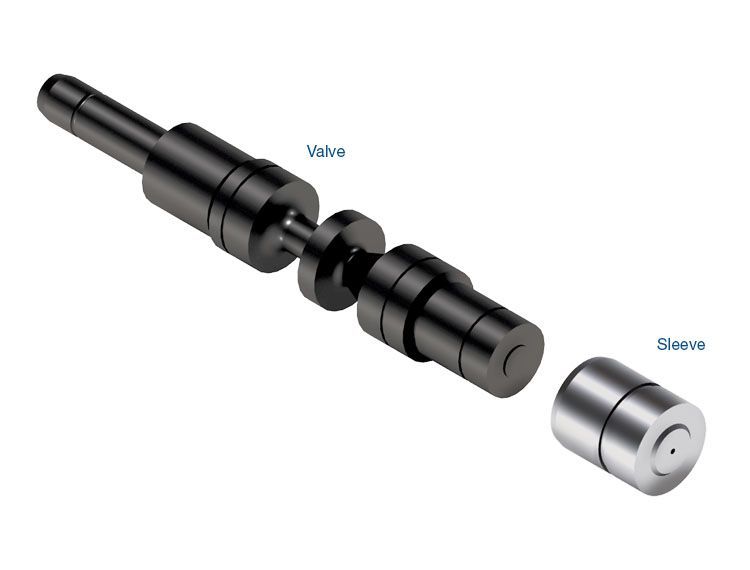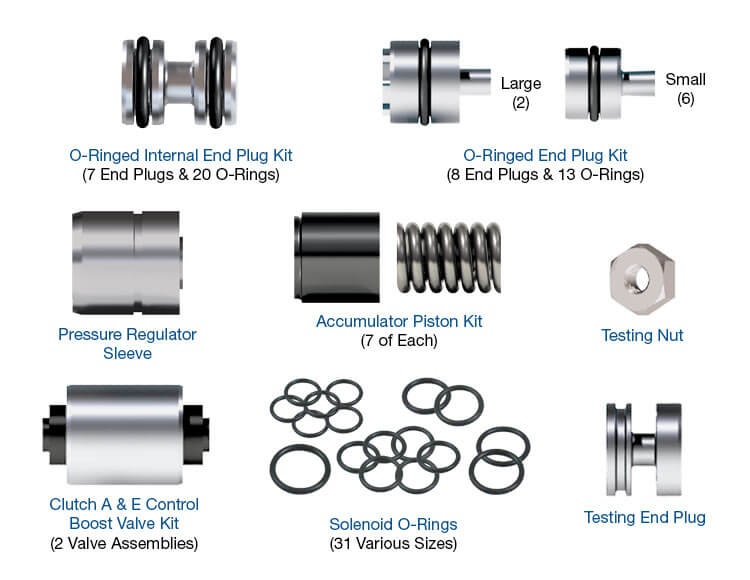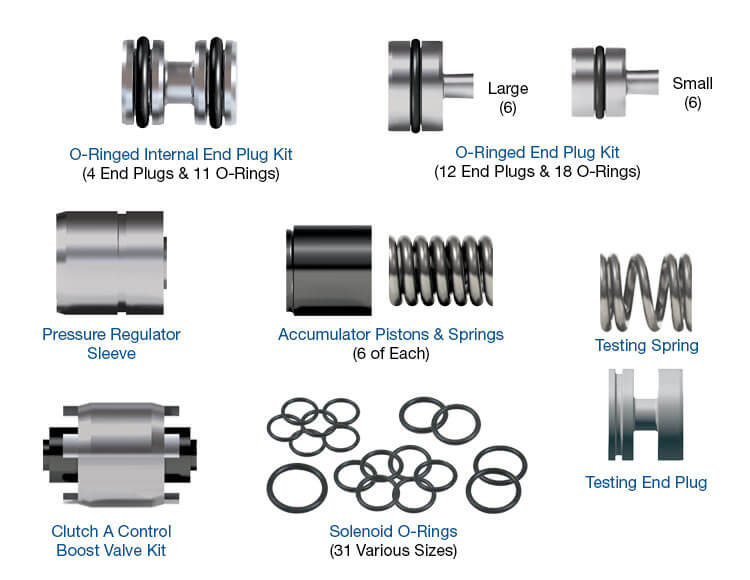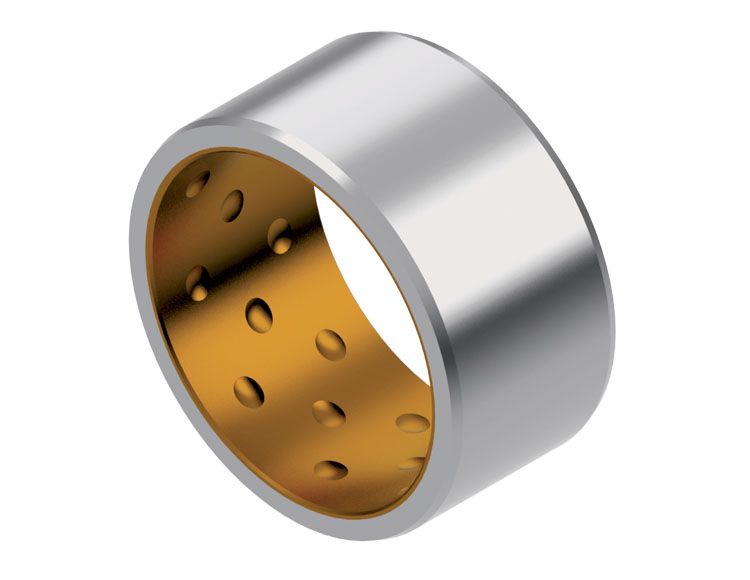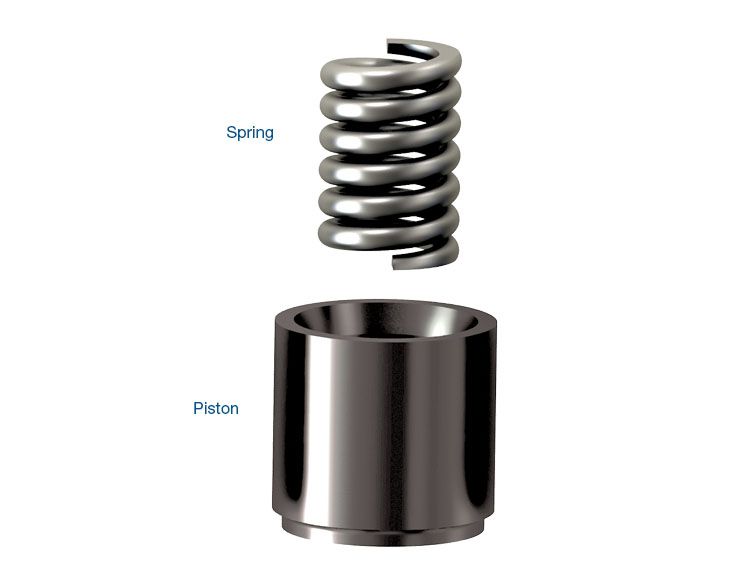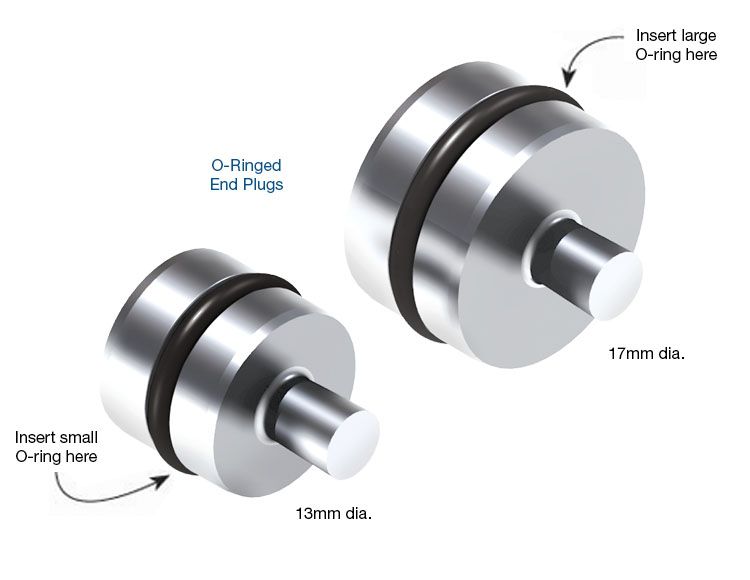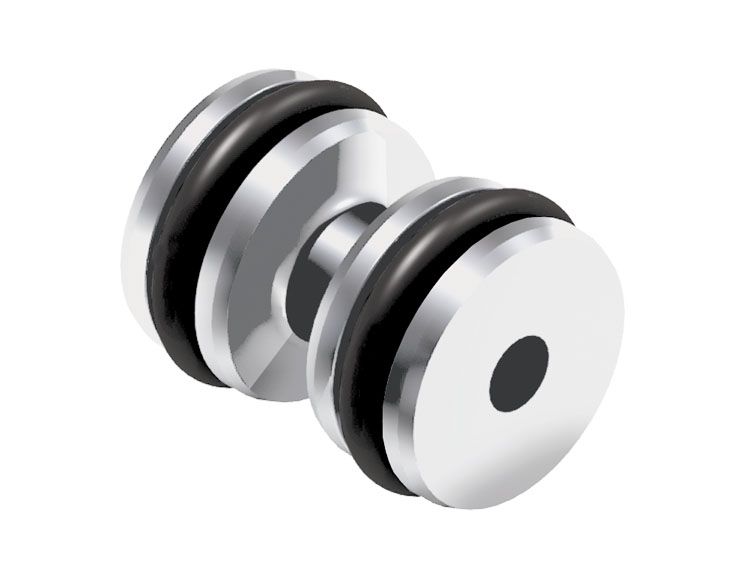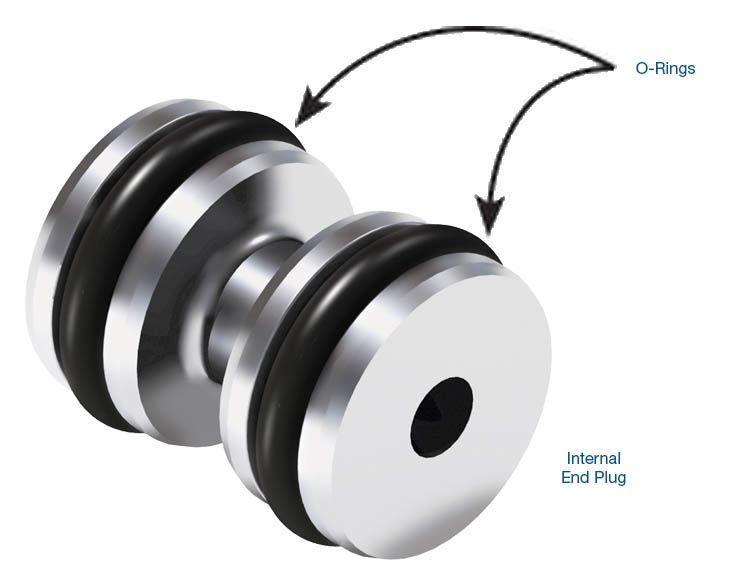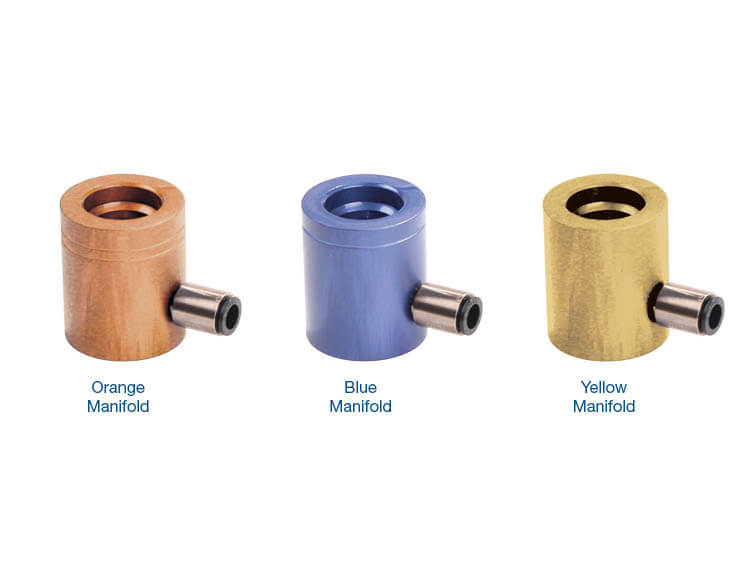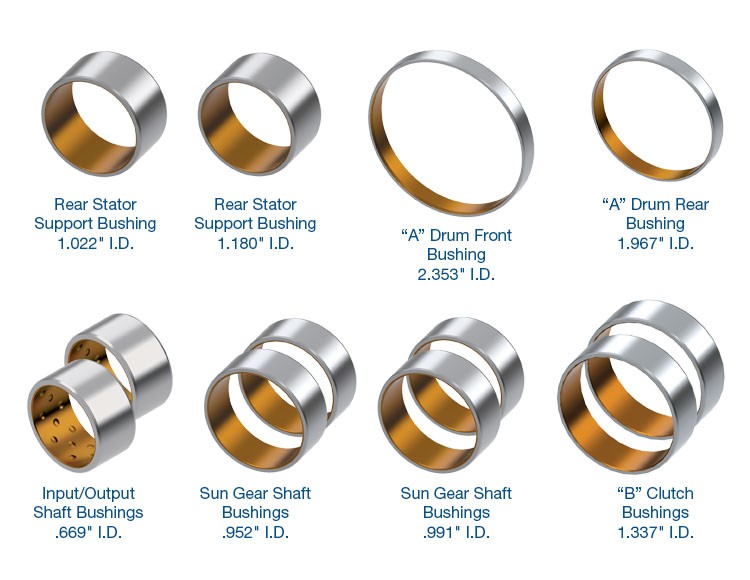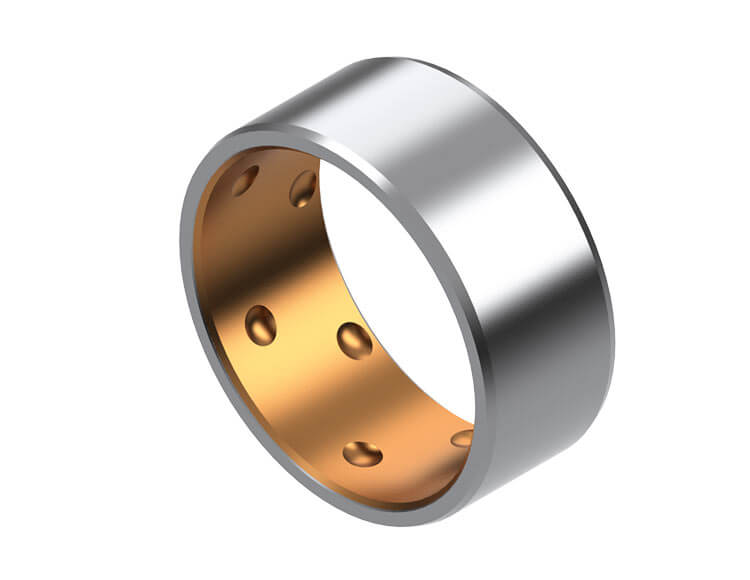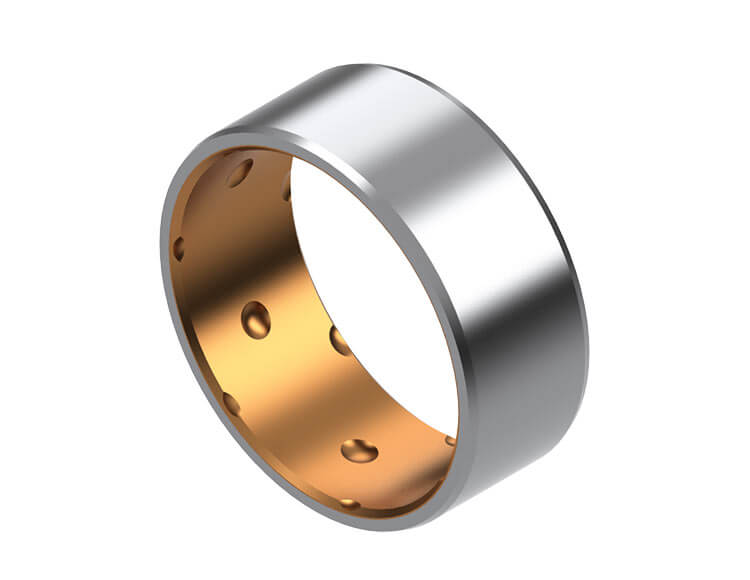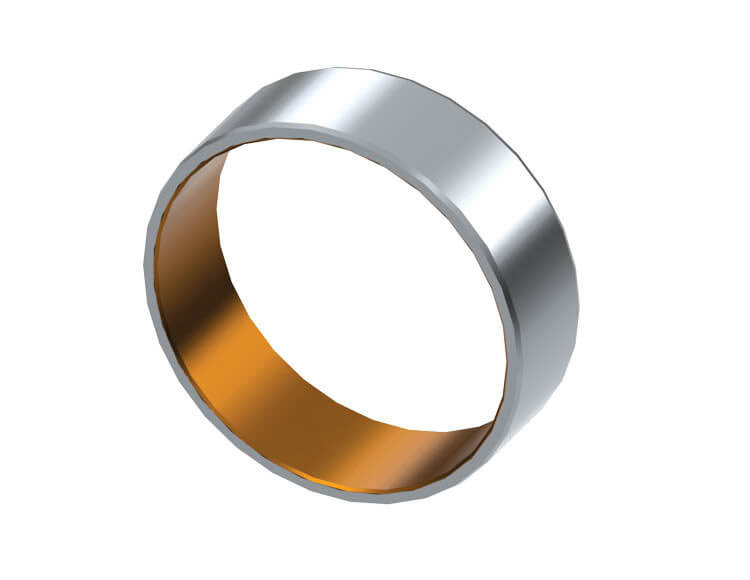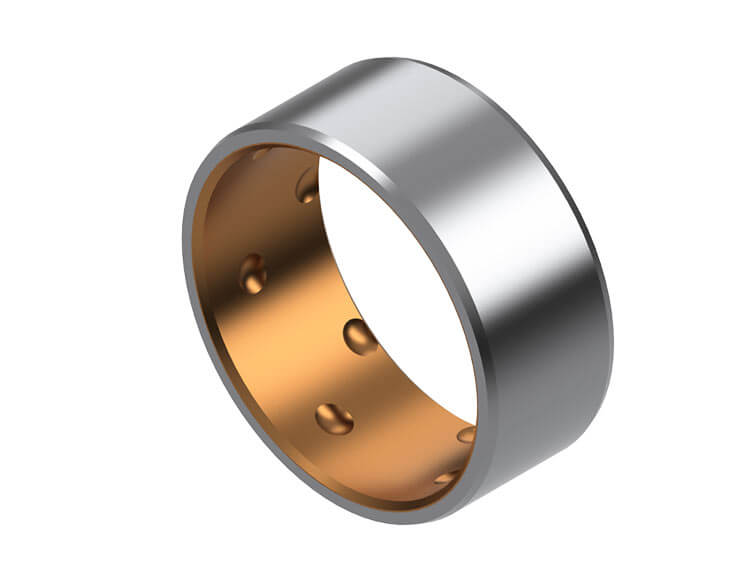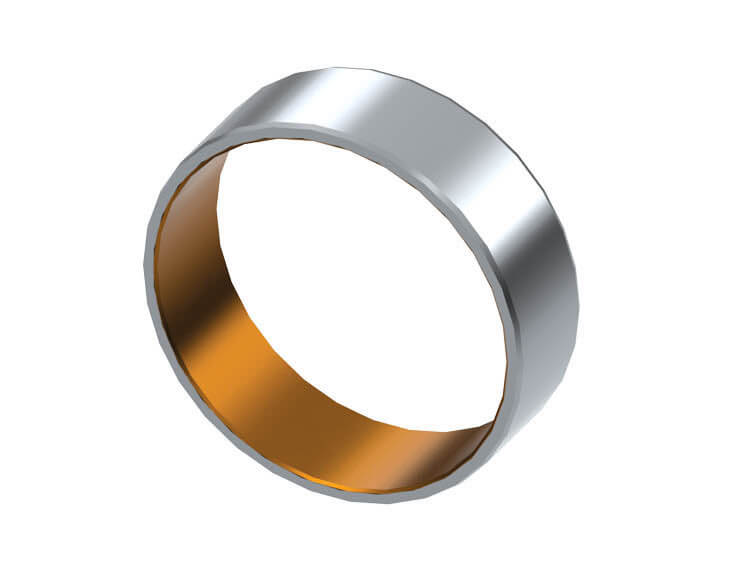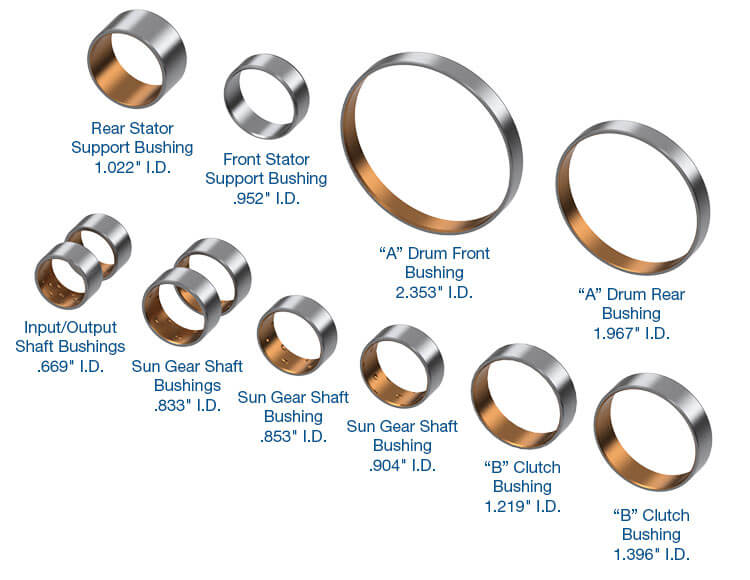Six Ways from Sunday: Diagnosing ZF6 & Ford 6R60/80 TC-Related Drivability Concerns
鲍勃沃纳克
什么是wk?
| Figure 1 |
|---|
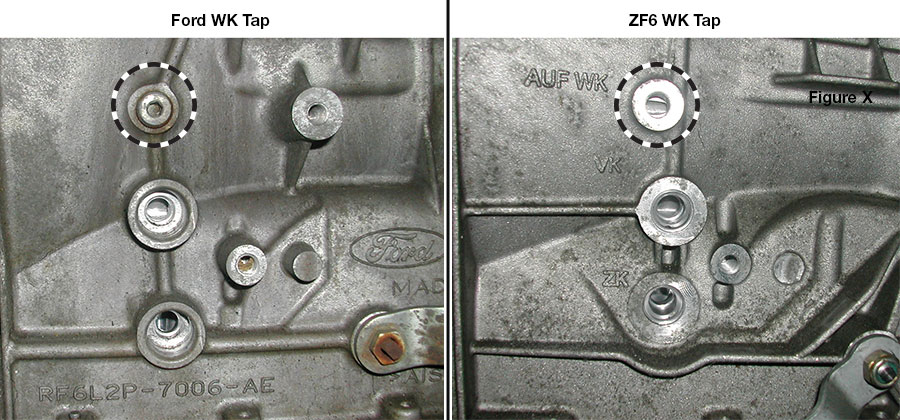 |
Accessing WK
正常的WK.
| Figure 2 |
|---|
 |
Abnormal WK
- TC Slip
- 部分释放
- TCC/Solenoid/Ratio Codes
- Harsh Shifts
- Flare Shifts
- Rough Idle in Reverse
The Root Cause
A Ford Note
没有机电图交换允许
Bring It on Home
相关单位
相关零件
Required
推荐的
6R100,6R60,6R75,6R80 (2009-2014),6R80 (2015-Later),ZF.6HP19,ZF.6HP21,ZF.6HP26,ZF.6HP28,ZF6HP32.,ZF6HP34.
超大的d Converter Release Regulator Valve Kit95740-05K
OE valve name: WK-V
-
Helps cure:
- Excess TCC slip RPM & related codes
- 苛刻的TCC适用和发布
- 低TCC释放压力
- 反向粗糙闲置
- Harsh downshifts
- Flare shifts
- Overheated converter
Required
推荐的
6R100,6R60,6R75,6R80 (2009-2014),6R80 (2015-Later),ZF.6HP19,ZF.6HP26,ZF6HP32.
超大的d Lubrication Control Valve Kit95740-11K
OE valve name: SCHM-V
-
Helps cure:
- Planetary failure
- Bushing failure
- Lube failures
- 过热
- 低转换器压力
- 凹凸班次
- Flare shifts
- 反向粗糙闲置
- TCC apply & release concerns
Required
推荐的
ZF.6HP21,ZF.6HP28,ZF6HP34.
超大的d Lubrication Control Valve Kit95740-71K
ZF.valve name:SCHM-V
-
Helps cure:
- Bearing failure
- Bushing failure
- Planetary failure
- Lube failures
- 低转换器压力
- 过热
- TCC codes & concerns
- 反向粗糙闲置
Required
推荐的
6R100,6R60,6R75,6R80 (2009-2014),6R80 (2015-Later),ZF.6HP19,ZF.6HP26,ZF6HP32.
超大的d Bypass Clutch Control Valve Kit95740-13K
OE valve name: WD-V
-
Helps cure:
- TCC codes
- Excess TCC slip
- Cycling RPM
- 低TCC释放压力
- Flare shifts
- Harsh shifts
- 反向粗糙闲置
- Overheated converter
Required
推荐的
ZF.6HP21,ZF.6HP28,ZF6HP34.
超大的d Bypass Clutch Control Valve Kit95740-73K
ZF.valve name:WD-V.
-
Helps cure:
- TCC codes
- Excess TCC slip RPM & related codes
- 低转换器压力
- Overheated converter
- Flare shifts
- Harsh shifts
- 反向粗糙闲置
Required
推荐的
6R100,6R60,6R75,6R80 (2009-2014),6R80 (2015-Later),ZF.6HP19,ZF.6HP26,ZF6HP32.
超大型电磁调压器阀门套件95740-17K
ZF.valve name:Dr.Re-V.
-
Helps cure:
- Flare shifts
- 中立班次
- Harsh upshifts
- Harsh downshifts
- Gear ratio codes
- Solenoid performance codes
- Delayed Forward
- 延迟反向
- Wrong gear starts
- TCC slip
Required
推荐的
ZF.6HP21,ZF.6HP28,ZF6HP34.
超大型电磁调压器阀门套件95740-64K.
ZF.valve name:Dr.Re-V.
-
Helps cure:
- Delayed engagement
- Flare shifts
- Harsh downshifts
- 中立班次
- 高线压力
- Harsh upshifts
- Wrong gear starts
- Gear ratio & solenoid codes
- TCC slip
Required
推荐的
ZF.6HP19,ZF.6HP26,ZF6HP32.
超大的d Pressure Regulator Valve Kit95740-78K
单位符合053年分离器板。
OE valve name: SYS.DR-V
-
Helps cure:
- Broken parts due to excessive line pressure
- Erratic line pressure
- Harsh shifts
- 高线压力
- 限制转换器/润滑油流量
- 软班次
- Flare shifts
- TCC slip
Required
推荐的
6R60,6R75,6R80 (2009-2014),ZF.6HP19,ZF.6HP26,ZF6HP32.
超大的d Pressure Regulator Valve Kit95740-01K
适合6 r80 ' 09 - 14所示。不能用于单位that have a 053 separator plate.
OE valve name: SYS.DR-V
-
Helps cure:
- 差塑质量不佳
- Flare shifts
- Harsh shifts
- Erratic line pressure
- Slips in Forward & Reverse
- 延迟反向
- 没有反向
- TCC slip
Required
推荐的
ZF.6HP21,ZF.6HP28,ZF6HP34.
超大的d Pressure Regulator Valve Kit95740-69K
ZF.valve name:sys.dr-V.
-
Helps cure:
- 差塑质量不佳
- 低线压力
- Flare shifts
- 高线压力
- Harsh shifts
- Burnt converter
- 延迟反向
- 没有反向
- TCC slip
Required
推荐的
,6R80 (2009-2014),6R80 (2015-Later),ZF.6HP19,ZF.6HP26,ZF.6HP28
Input/Output Shaft Bushing95030-05.
Fits units with .669" (16.98mm) dia. shaft journals only.
- Bushing Style:精确
- Material:Bimetal
- 房屋钻孔:0.788”
- Shaft Dia.:0.669"
- 宽度:0.393"
-
Helps cure:
- Bushing wear
- Bushing failure
- Ratio codes
- B Clutch burned
Required
推荐的
Required
推荐的
Required
推荐的
Required
推荐的
Required
推荐的
ZF.6HP26,ZF.6HP28
Bushing Kit95030-26K.
Fits units with input shaft bushing journal diameters of 1.022" (25.97mm) & 1.180" (29.96mm).
- Bushing Style:精确
- Material:Bimetal
-
Helps cure:
- 电子离合器被烧掉了
- B Clutch burned
- Gear ratio & solenoid codes
- Bushing wear
- Bushing failure
Required
推荐的
ZF.6HP26,ZF.6HP28
Sun Gear Shaft Bushing95030-06A
Fits units with .991" (25.17mm) shafts only.
- Bushing Style:精确
- Material:Bimetal
- 房屋钻孔:1.103"
- 宽度:0.394"
- Shaft Dia.:0.991"
-
Helps cure:
- B Clutch burned
- Bushing wear
- Bushing failure
- Ratio codes
Required
推荐的
ZF.6HP19,ZF.6HP21
Sun Gear Shaft Bushing95030-06B
仅适用于.833“(21.15mm)轴的单位。
- Bushing Style:精确
- Material:Bimetal
- 房屋钻孔:0.953"
- 宽度:0.394"
- Shaft Dia.:0.833“
-
Helps cure:
- B Clutch burned
- Bushing wear
- Bushing failure
- Ratio codes
Required
推荐的
ZF.6HP19,ZF.6HP21
Sun Gear Shaft Bushing95030-06D
Fits units with .904" (22.98mm) shafts only.
- Bushing Style:精确
- Material:Bimetal
- 房屋钻孔:1.024"
- Shaft Dia.:0.904"
- 宽度:0.394"
-
Helps cure:
- B Clutch burned
- Bushing wear
- Bushing failure
- Ratio codes
Required
推荐的
ZF.6HP19,ZF.6HP21
"B" Clutch Bushing95030-07A
仅适用于1.219“(30.97mm)轴的单位。
- Bushing Style:精确
- Material:Bimetal
- 房屋钻孔:1.339“
- Shaft Dia.:1.219“
- 宽度:0.394"
-
Helps cure:
- Bushing wear
- Bushing failure
- B Clutch burned
- Ratio codes
Required
推荐的
ZF.6HP19,ZF.6HP21
Sun Gear Shaft Bushing95030-06C
Fits units with .853" (21.68mm) shafts only.
- Bushing Style:精确
- Material:Bimetal
- 房屋钻孔:0.973"
- Shaft Dia.:0.853“
- 宽度:0.394"
-
Helps cure:
- B Clutch burned
- Bushing wear
- Bushing failure
- Ratio codes
Required
推荐的
ZF.6HP19,ZF.6HP21
"B" Clutch Bushing95030-07B.
Fits units with 1.396" (35.47mm) shafts only.
- Bushing Style:精确
- Material:Bimetal
- 房屋钻孔:1.516"
- Shaft Dia.:1.396“
- 宽度:0.394"
-
Helps cure:
- Bushing wear
- Bushing failure
- B Clutch burned
- Ratio codes
Required
推荐的
ZF.6HP19,ZF.6HP21
Bushing Kit95030-19K
- Bushing Style:精确
- Material:Bimetal
-
Helps cure:
- 电子离合器被烧掉了
- B Clutch burned
- Gear ratio & solenoid codes
- Bushing wear
- Bushing failure
While Sonnax makes every effort to ensure the accuracy of technical articles at time of publication, we assume no liability for inaccuracies or for information which may become outdated or obsolete over time.
